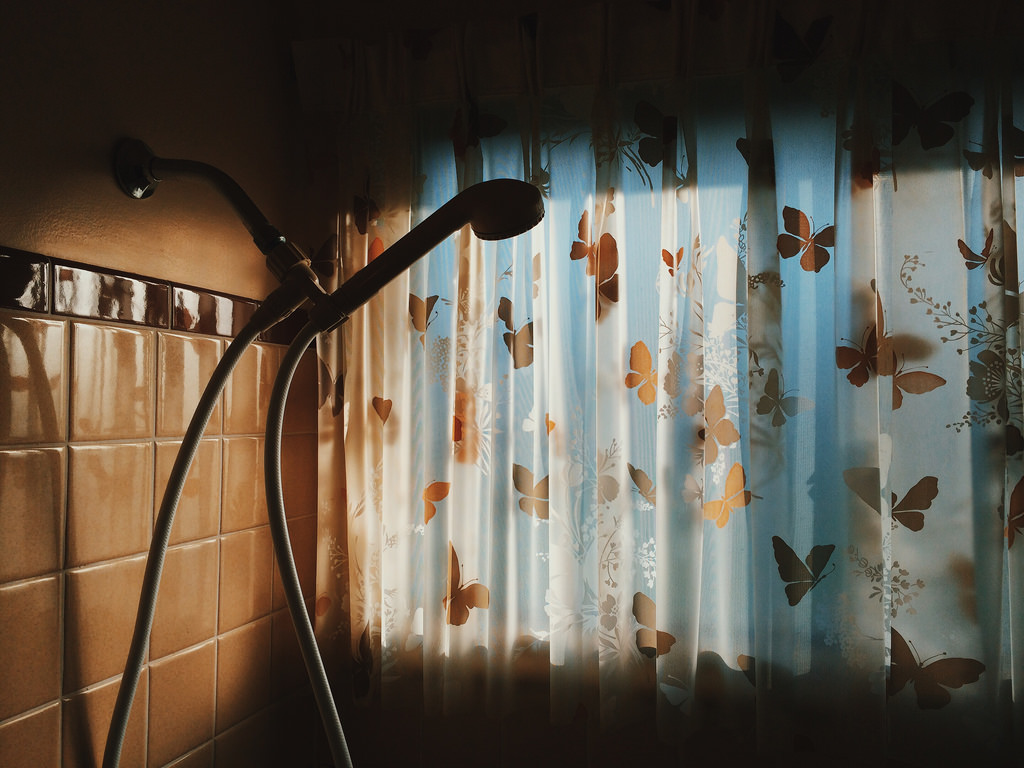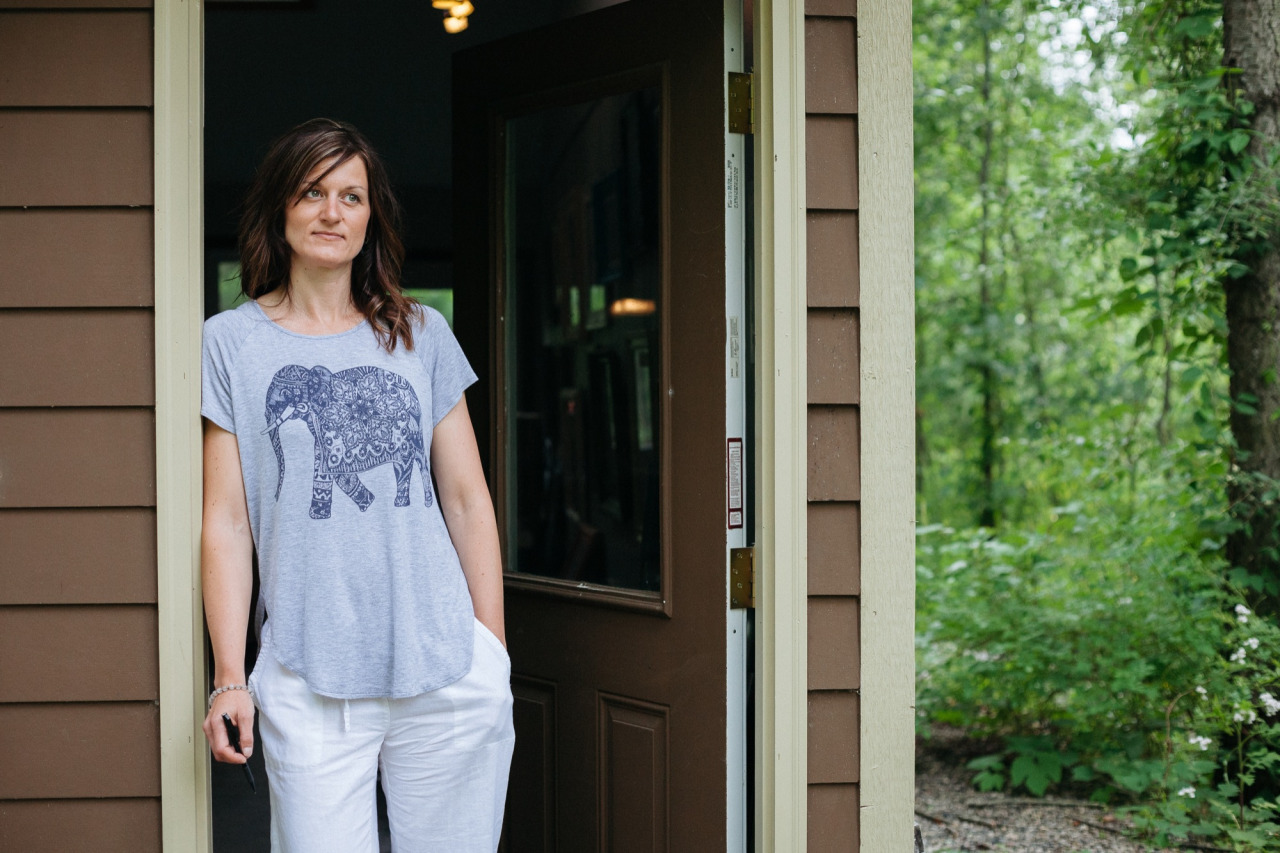Photographer Interview: Adam King
If you’re a landscape photographer, it helps to live in a gorgeous part of the world – like Adam King in Edmonton, Alberta, Canada.
I’m always a sucker for mountains, especially the Rockies, so it was great to learn about Adam’s work.
Where are you and what do you do?
I was born and raised in Edmonton, Alberta, Canada. I’m currently a second year student at Macewan University, taking my Bachelor of Science, hoping one day to get a job in the computer science field! All that aside, I also have a pretty serious artistic side that I like to express mainly through photography nowadays.
How did you get started in photography?
I remember taking my first photograph at the age of 8. I was in Drumheller with my family which is located in the Southern Alberta Badlands. This is an area which is known for its rich fossil deposits and important dinosaur related discoveries. Badlands are landscapes that are intricately eroded, steeply sloped, and largely devoid of vegetation. This area was so new and different to me I remember wanting to capture every little detail about the trip while we were there.
My family eventually noticed how much interest I had in photography and let me take some photos that trip. When we finally got the photos back from the local drugstore, I was given the photos that I had taken in a little scrapbook, which I still have to this day. I must’ve looked through them all a couple dozen times alone that first day. Ever since then, I’ve been interested in documenting and recreating important trips and events in my life through photography.
What do you like about your photography?
I guess what I like most about my photography is being able to return to a certain point in my life through a collection of photos. Getting back into the mindset of 13 year old me, for example, and figuring out why the subject of the photo was important to me is something I find myself doing often while looking at old photos. On a more superficial level, I feel really fortunate to live so close to the Rockies and share them with the world.
You live in very photo-worthy part of the world. Where do you get inspiration for your style/ideas?
I gather inspiration everywhere I can. My time in the National Parks of Alberta are usually spent just walking around (or hiking the side of a mountain) with one or two friends and taking photos of whatever I come across. One of my biggest inspirations when I first joined Tumblr a couple years ago was man-and-camera.com. I really felt the artistic approach behind his work, and it really motivated me to attempt to recreate something similar with my own perspective. Other than that, there definitely isn’t a shortage of great Alberta-based photographers out there to follow.
I notice you do a lot of your landscape work in portrait orientation, which is not typical. Is there a method behind your technique?
I honestly lean towards it out of instinct nowadays. My preference for portrait orientation is definitely heavily influenced by my high school communication technology teacher. He was an outspoken advocate of experimentation with your art and remembering that you can turn the camera on its side and shoot that way too. Since then I find it easier to create interesting compositions with the added vertical space.
What kinds of themes do you explore with your work?
Documenting nature in all of its forms. Mostly landscapes of Alberta and British Columbia, however I am going to be posting some shots from my trip to London a couple years ago. Fitting an overarching theme isn’t something I’ve really thought too much about. I just find myself always drawn back to nature.
Something I want to do in the upcoming year is diversify a little bit and try out some portrait work. I feel like learning the nuances of a different theme and bringing those ideas into your photography can be really beneficial.
Any upcoming projects or shoots you’re working on?
As I mentioned above, I definitely want to try some portraits and see how I can integrate that in with my current focus. I also just started as a volunteer at @lensblr-network, helping the team find the best in original photography here on Tumblr. I couldn’t be more excited at this opportunity to broaden my artistic eye and share the best this site has to offer with such a wide audience. It’s a really great feeling finding someone that is more than deserving of recognition for their work and having a hand in facilitating that for them. I’ve already found at least a dozen of artists that I’ve really fallen in love with since starting that I otherwise probably wouldn’t have found!
Follow @adm-kng here on Tumblr for more of Adam’s work, or catch his stuff on his Flickr account.








































